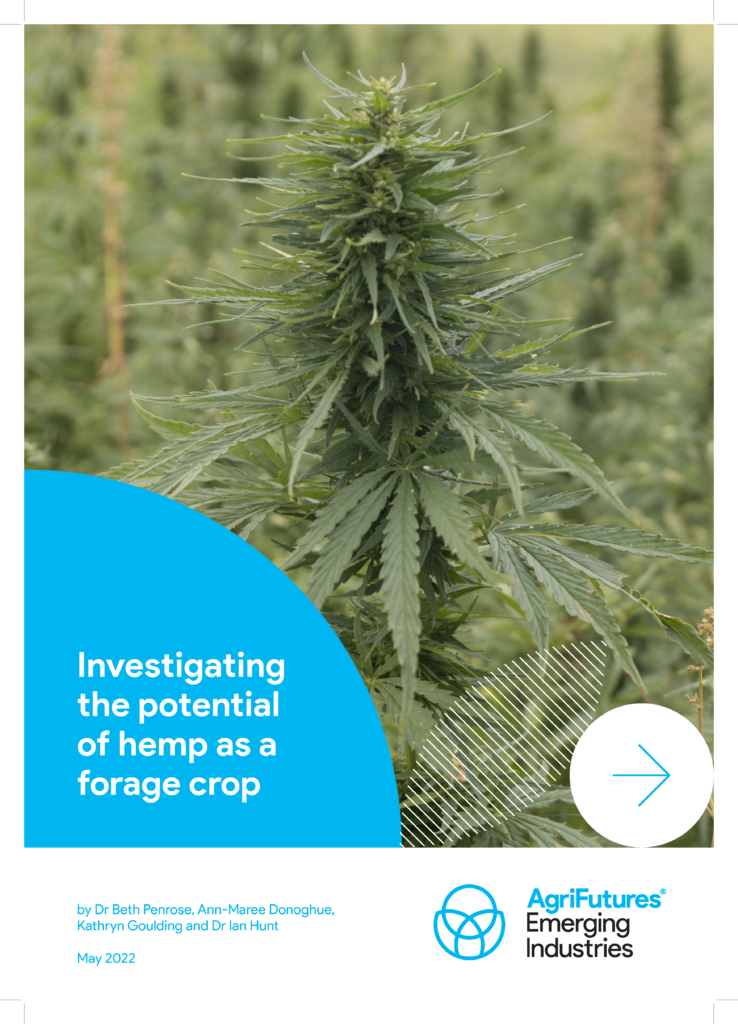Impact case study: Hazelnut investments give confidence to new growers
Australia’s peak hazelnut industry body says the number of growers in Australia is steadily increasing, as ongoing research and development efforts give potential new entrants...

42 pages
Published: 13 Dec 2022
Author(s): Beth Penrose, Ann-Maree Donoghue, Kathryn Goulding, Ian Hunt
ISBN: 978-1-76053-336-6
Download report PDF
DownloadPurchase a hard copy - AUD $50
The Australian industrial hemp industry is in its infancy, with many states and territories legalising industrial hemp seed for human consumption in the past 10-15 years. In 2022, the Australian hemp food industry is estimated to have a retail value of $15 million. Currently, only 3% of the area grown under hemp is planted for fibre, with the rest grown for hemp seed.
This research investigated the feasibility of grazing hemp, through simulated sheep grazing (i.e. cutting), at early growth stages either as a forage crop or as a forage-and-seed crop.
The findings showed that all trialled hemp varieties have high nutritional value and are therefore suitable for grazing. However, the digestibility at the early vegetative growth stage is very high, meaning producers would need to supplement hemp with fibre-rich feed to reduce side-effects such as bloat. At early stages of growth (three and five-leaf-pair stage), hemp does not produce enough biomass to be recommended as a forage-only crop. While these results are encouraging, they must be validated with livestock grazing trials.